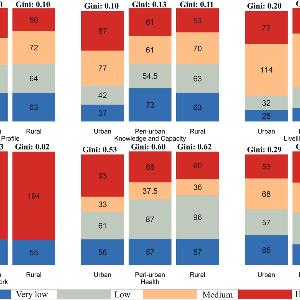New paper on vulnerability of households to floods in Vietnam
11 Dec 2024
Jiachang Tu et al. examined spatial patterns of flood vulnerabiblity in Ho Chi Minh City.
11 Dec 2024
Jiachang Tu et al. examined spatial patterns of flood vulnerabiblity in Ho Chi Minh City.

© Tu et al. 2024
Jiachang Tu, Andrea Reimuth, Nivedita Sairam, Heidi Kreibich, Antje Katzschner, Nigel K. Downes, and Matthias Garschagen have published their paper Profiling households through a combined vulnerability and flood exposure index in Ho Chi Minh City, Vietnam on comprehending the vulnerability of households to floods in Ho Chi Minh City in the International Journal of Disaster Risk Reduction. Tu et al. developed and combined indices for household vulnerability and flood exposure to examine the spatial patterns of flood vulnerabiblity – revealing insights that can help policymakers develop suitable adaptation measures.
The context
Ho Chi Minh City is highly exposed to climate-related hazards such as flooding, driven by rapid urbanization, low-lying geography, and rising sea levels. Despite increasing flood risks, previous studies have rarely addressed household-level vulnerabilities combining social and physical factors.
Key takeaways
The research
Tu et al. developed two indices to comprehensively understand the interplay between social vulnerability and physical flood exposure in Ho Chi Minh City:
Through data collected from 991 households across urban, peri-urban, and rural districts, the researchers applied hierarchical weighting and geostatistical analyses to calculate these indices and uncover their spatial patterns.